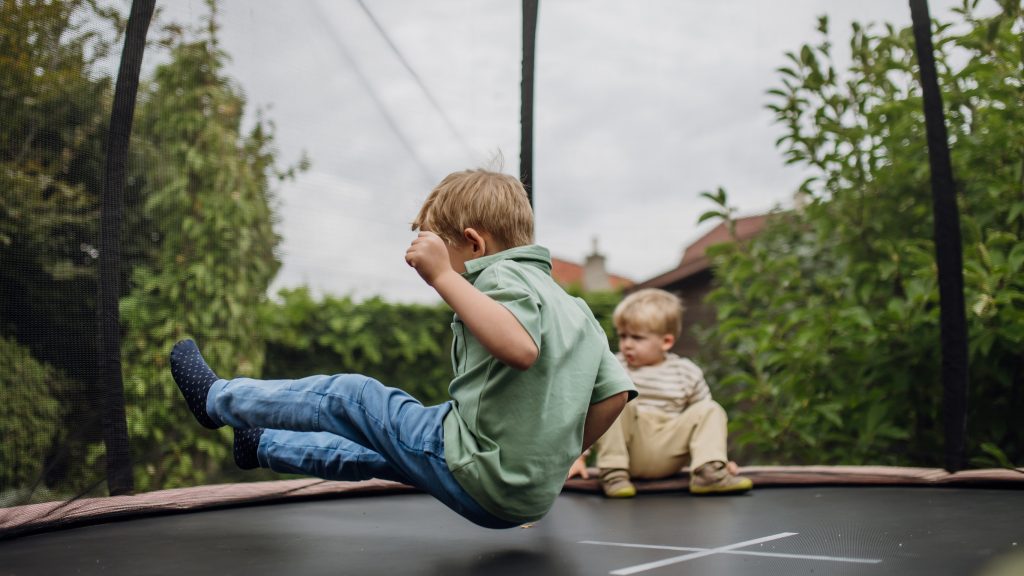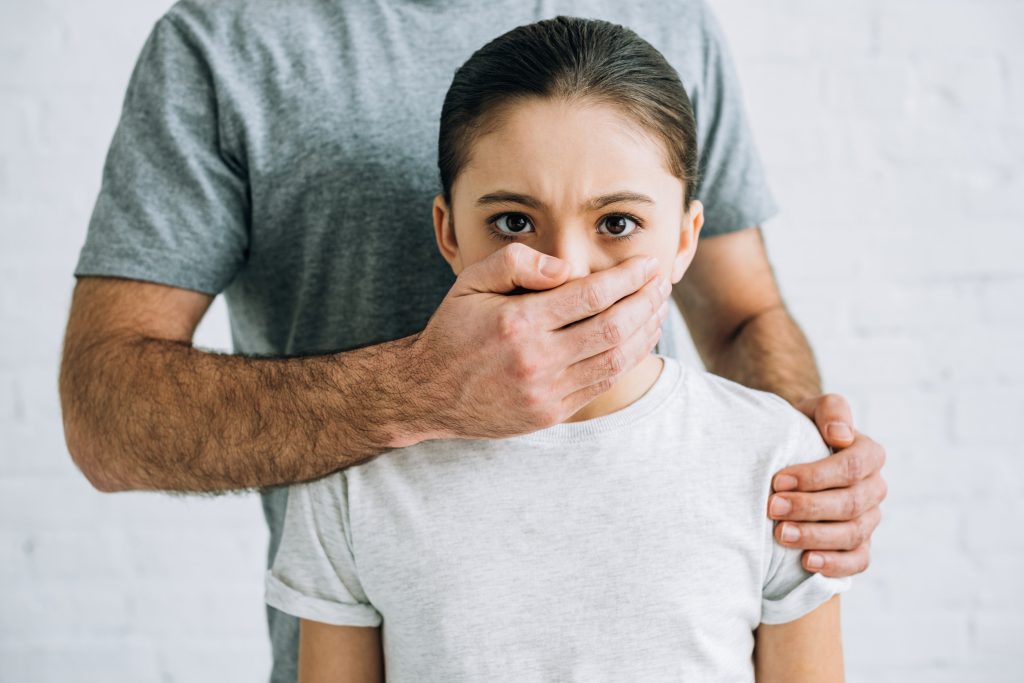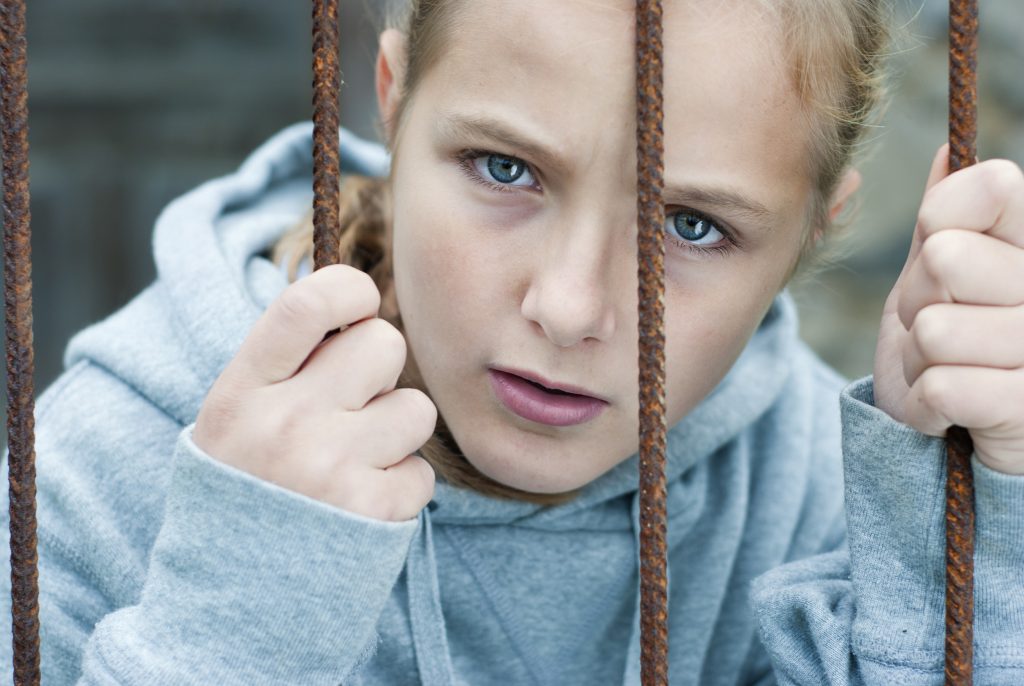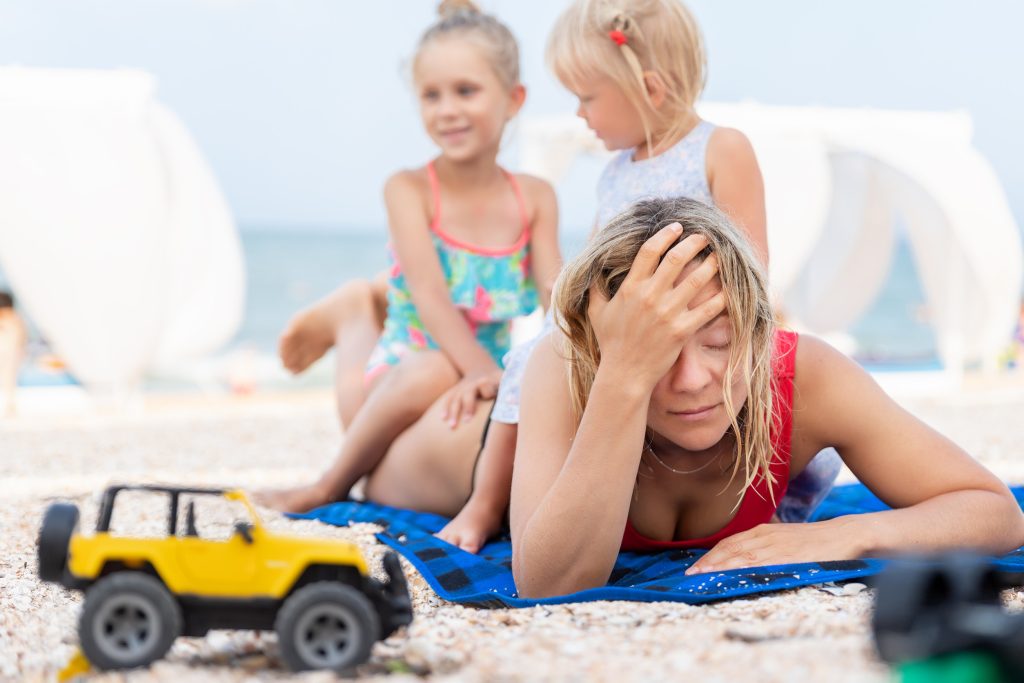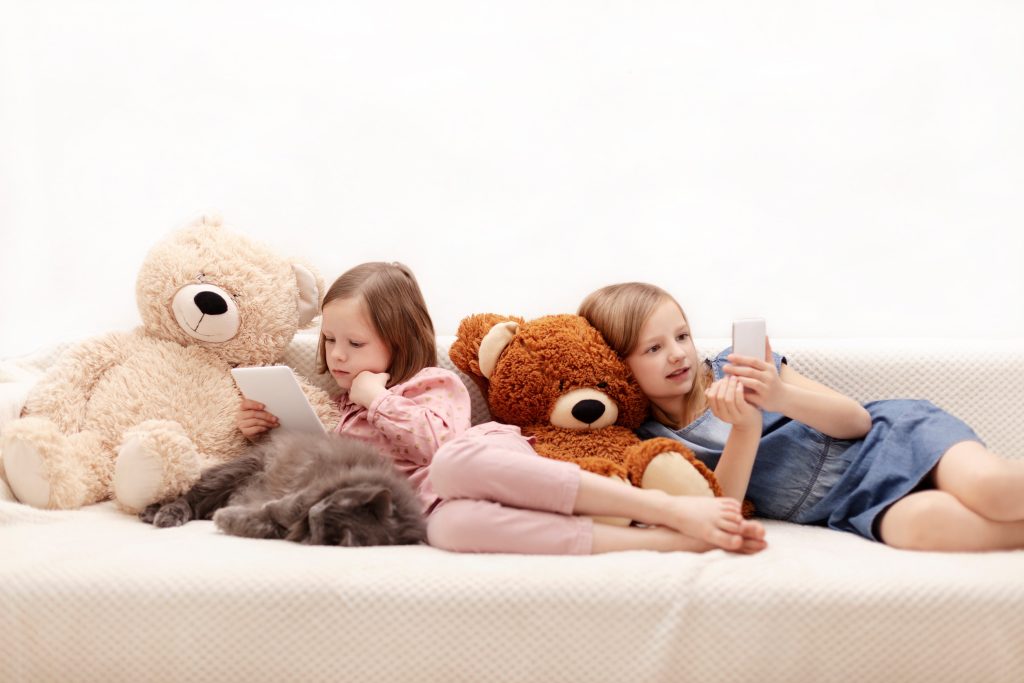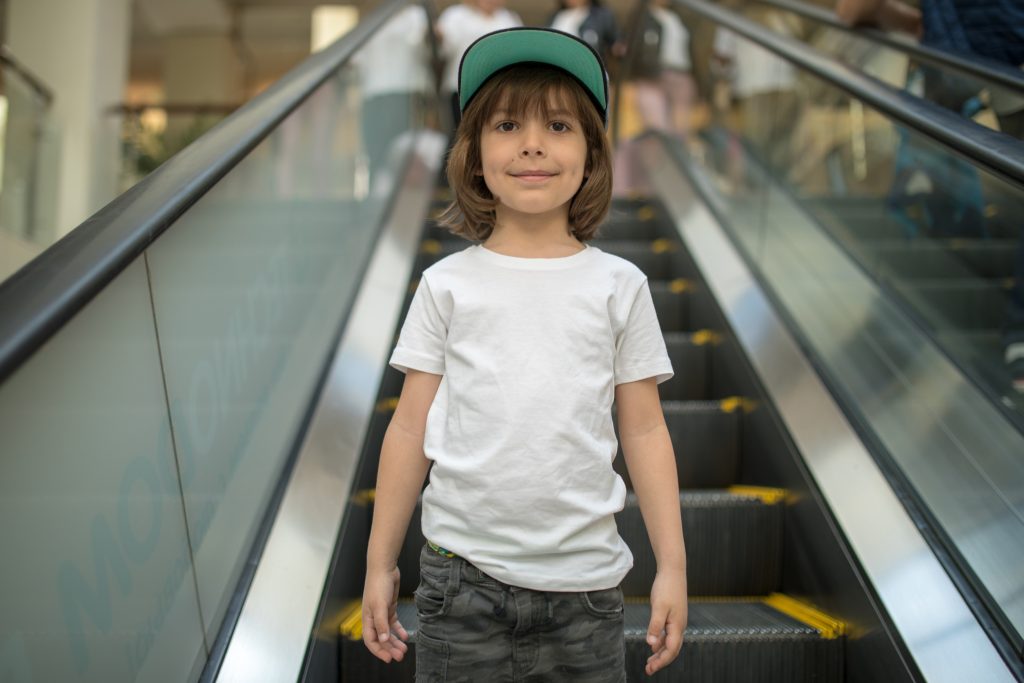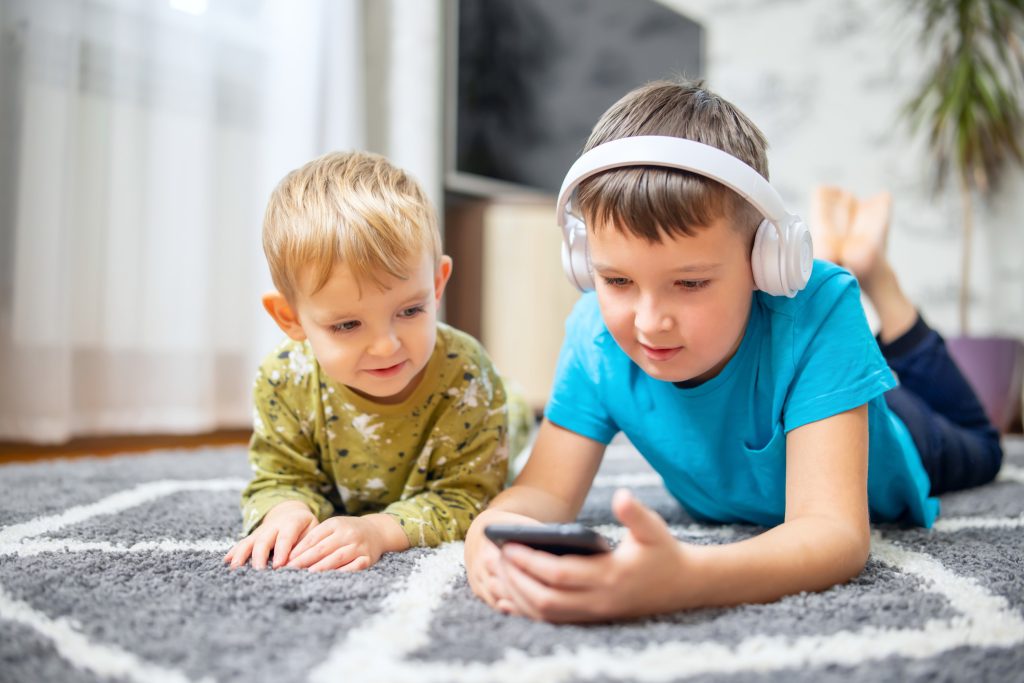
At first glance, kids’ YouTube seems like a lifesaver. It offers endless content tailored for little eyes, and the bright colors, catchy songs, and animated adventures make it wildly appealing. But beneath the surface of what looks like harmless fun, there’s a darker, more complicated reality that many parents aren’t prepared for. Kids’ YouTube isn’t just a platform filled with silly videos—it’s also home to manipulative content, questionable messages, and algorithms that don’t always have your child’s best interest at heart. If you’re relying on it as your digital babysitter, it’s time to take a closer look at what’s really playing on the screen.
1. The Algorithm Cares About Views, Not Values
YouTube’s recommendation system is driven by engagement, not age-appropriateness or educational merit. That means once your child clicks on a video—even an innocent one—they’re quickly funneled into a loop of related content that might not be parent-approved. Some of these videos are low-quality or filled with clickbait thumbnails and sensational titles. Kids’ YouTube doesn’t differentiate well between entertaining and exploitative. If left unsupervised, your child can quickly go from Peppa Pig to something far less wholesome.
2. Disturbing Videos Masquerade as Kid Content
You’d be surprised how many seemingly innocent videos include disturbing or inappropriate scenes hidden in the middle. Some content creators tag videos with popular kid terms to trick the algorithm and gain more views. The result? Creepy animations, violent themes, or bizarre role-playing that looks kid-friendly on the surface but takes a dark turn halfway through. These aren’t just one-off cases—they’ve been part of ongoing problems with content moderation on kids’ YouTube. Even YouTube Kids, the filtered version, has failed to fully eliminate this problem.
3. Addiction Happens Sooner Than You Think
Because kids’ YouTube is designed to be hyper-stimulating, it often leads to binge-watching. Autoplay keeps videos rolling endlessly, and the fast-paced, flashy style can be hard for young brains to look away from. Many parents notice that their kids become agitated or emotional when screen time ends. This isn’t a coincidence—it’s a behavioral response to overstimulation and lack of boundaries. Early screen addiction is a growing concern, and platforms like kids’ YouTube make it easy to fall into that trap without even noticing.
4. Product Pushing Is Practically Everywhere
Many videos are essentially ads disguised as entertainment. Unboxing videos, toy reviews, and branded content often blur the line between content and commercial. Young children don’t have the cognitive skills to distinguish ads from shows, so they absorb it all as truth and start begging for the latest must-have item. Influencers targeting kids can make millions by subtly (or not-so-subtly) selling products in their videos. If you think kids’ YouTube is just harmless screen time, think again—it’s also a nonstop marketing machine.
5. Unrealistic Behavior Gets Reinforced
Some popular kids’ YouTube videos model exaggerated behavior, poor manners, or even unsafe actions. Whether it’s kids screaming at their parents in prank videos or cartoon characters being mean to each other, these actions can influence how your child acts. It’s not always about what’s explicitly shown—it’s about the tone, repetition, and underlying message. The more your child watches, the more likely they are to mirror what they see. Monitoring isn’t just about avoiding bad words—it’s about protecting your child’s developing sense of right and wrong.
6. Parents Get Desensitized Too
When you’re busy, stressed, or simply needing a break, it’s tempting to hand over a screen and enjoy the peace and quiet. But as you get used to the routine, it’s easy to become less critical of what your child is watching. You may assume the content is fine because you’ve seen a few good videos, but the reality changes fast. Kids’ YouTube evolves constantly, and creators chase trends, not values. Passive screen time can quickly become a daily default, and that can be hard to undo.
7. Comments and Live Chats Open Dangerous Doors
While YouTube has taken steps to disable comments on many kid-focused videos, not all content is protected. In some cases, comment sections or live chats remain open and become hotspots for spam, inappropriate messages, or even predatory behavior. Older kids who start engaging with content beyond the youngest age group may stumble into these features. It’s one more reason why even “safe” platforms need active supervision. Kids’ YouTube isn’t as locked down as many parents assume.
8. Educational Alternatives Get Overlooked
With so much noise on the platform, truly educational, high-quality content can be hard to find. Parents may think their child is learning something just because it’s animated or includes numbers and letters. But kids’ YouTube isn’t built around educational goals—it’s built to keep viewers watching. If your goal is enrichment, there are better options, from curated apps to streaming platforms with vetted content. Being intentional about what kids watch is worth the extra effort.
Don’t Panic—But Don’t Tune Out
The dark side of kids’ YouTube isn’t something to fear—it’s something to be aware of. Technology isn’t going away, and banning screens altogether isn’t realistic for most families. But knowing the risks means you can make better choices. Watch with your kids, use parental controls, and guide them toward content that reflects your values. With intention and balance, screen time doesn’t have to be scary—it can be another opportunity to connect, learn, and grow together.
Have you ever caught something questionable on kids’ YouTube? How do you manage screen time in your home? Share your experience in the comments!
Read More:
YouTube Safety Rules Every Parent Should Know
When YouTube Becomes the Babysitter—And How to Take Control
Catherine is a tech-savvy writer who has focused on the personal finance space for more than eight years. She has a Bachelor’s in Information Technology and enjoys showcasing how tech can simplify everyday personal finance tasks like budgeting, spending tracking, and planning for the future. Additionally, she’s explored the ins and outs of the world of side hustles and loves to share what she’s learned along the way. When she’s not working, you can find her relaxing at home in the Pacific Northwest with her two cats or enjoying a cup of coffee at her neighborhood cafe.

